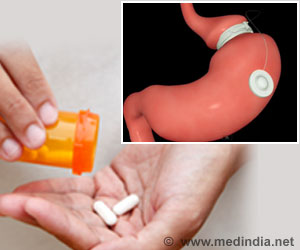Brown fat serves as a heat generator, burning calories as it does its job, so scientists have developed a way of injecting this energy-burning good fat.

The findings could eventually lead to new approaches to combat obesity, diabetes and other metabolic disorders.
While white fat -- the kind associated with obesity -- stores excess energy, brown fat serves as a heat generator, burning calories as it does its job.
"What is truly exciting about this system is its potential to provide plentiful supplies of brown fat for therapeutic purposes," said study lead author Kevin Tharp, doctoral student at University of California, Berkeley, US.
"The implant is made from the stem cells that reside in white fat, which could be made from tissue obtained through liposuction," Tharp noted.
"We are the first to implant in mice an artificial brown-fat depot and show that it has the expected effects on body temperature and beneficial effects on metabolism," the study's senior author, Andreas Stahl, associate professor of nutritional sciences and toxicology at University of California, Berkeley, noted.
Advertisement
It was once believed that brown fat disappears with age, but in recent years, this tissue has been discovered in the neck, shoulders, and spinal cord among adults.
Advertisement
The researchers also put the experimental mice on a high-fat diet. By the end of three weeks, the mice with injected brown-like beige fat gained half as much weight and had lower levels of blood glucose and circulating fatty acids compared with control mice.
"This is a feasibility study, but the results were very encouraging," Stahl said.
The findings were detailed in the journal Diabetes.
Source-IANS















